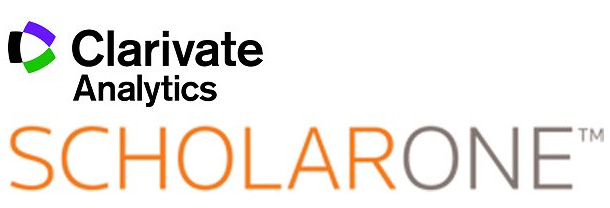Evaluation of Anti-Bacterial Activity of Combined Natural Products
DOI:
https://doi.org/10.22377/ijpscr.v3i01.159Abstract
Background: Aloe vera, turmeric, and hibiscus are plants with high medicinal properties. In this study, we aimed to investigate the antibacterial activity by performing preliminary tests, including thin layer chromatography (TLC) and zone of inhibition. Materials and Methods: A. vera leaves, turmeric rhizomes, and hibiscus leaves are dried and subjected to extraction by maceration using methanol as a solvent. The percentage yield of each extract was determined. Phytochemical screening was performed to identify various bioactive compounds, including carbohydrates, flavonoids, tannins, phenolics, and fats. The extracts were further evaluated for TLC for separation and identification of active components. Then the extracts were subjected to zones of inhibition to determine the highest antibacterial activity of the plant. Results: Methanolic extract exhibited the highest percentage yield. Phytochemical screening revealed the presence of carbohydrates, flavonoids, tannins, and phenolics. TLC indicates the presence of active compounds in the extracts, and the zone of inhibition is known by measuring the area around a sample where bacterial growth is inhibited; the larger the zone of inhibition, the stronger the antibacterial activity. Conclusion: The antibacterial activity of combined natural plant products was evaluated, and it was found that compared to individual plant products, combined plant products show higher antibacterial activity.
Downloads
Downloads
Published
How to Cite
Issue
Section
License
Copyright (c) 2024 B R Nahata Smriti Sansthan International Journal of Phramaceutical Sciences & Clinical Research

This work is licensed under a Creative Commons Attribution-NonCommercial 4.0 International License.
This is an Open Access article distributed under the terms of the Attribution-Noncommercial 4.0 International License [CC BY-NC 4.0], which requires that reusers give credit to the creator. It allows reusers to distribute, remix, adapt, and build upon the material in any medium or format, for noncommercial purposes only.







